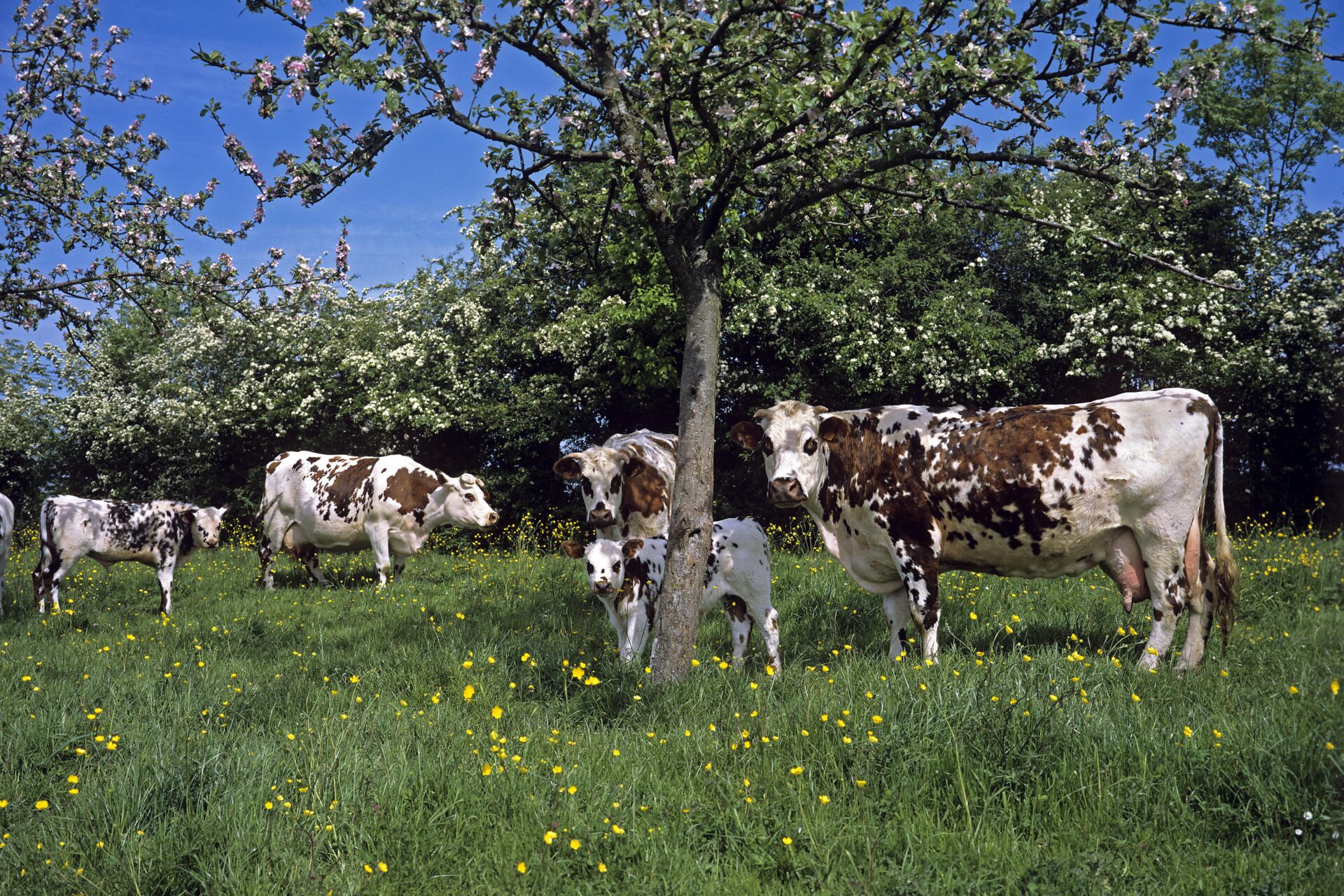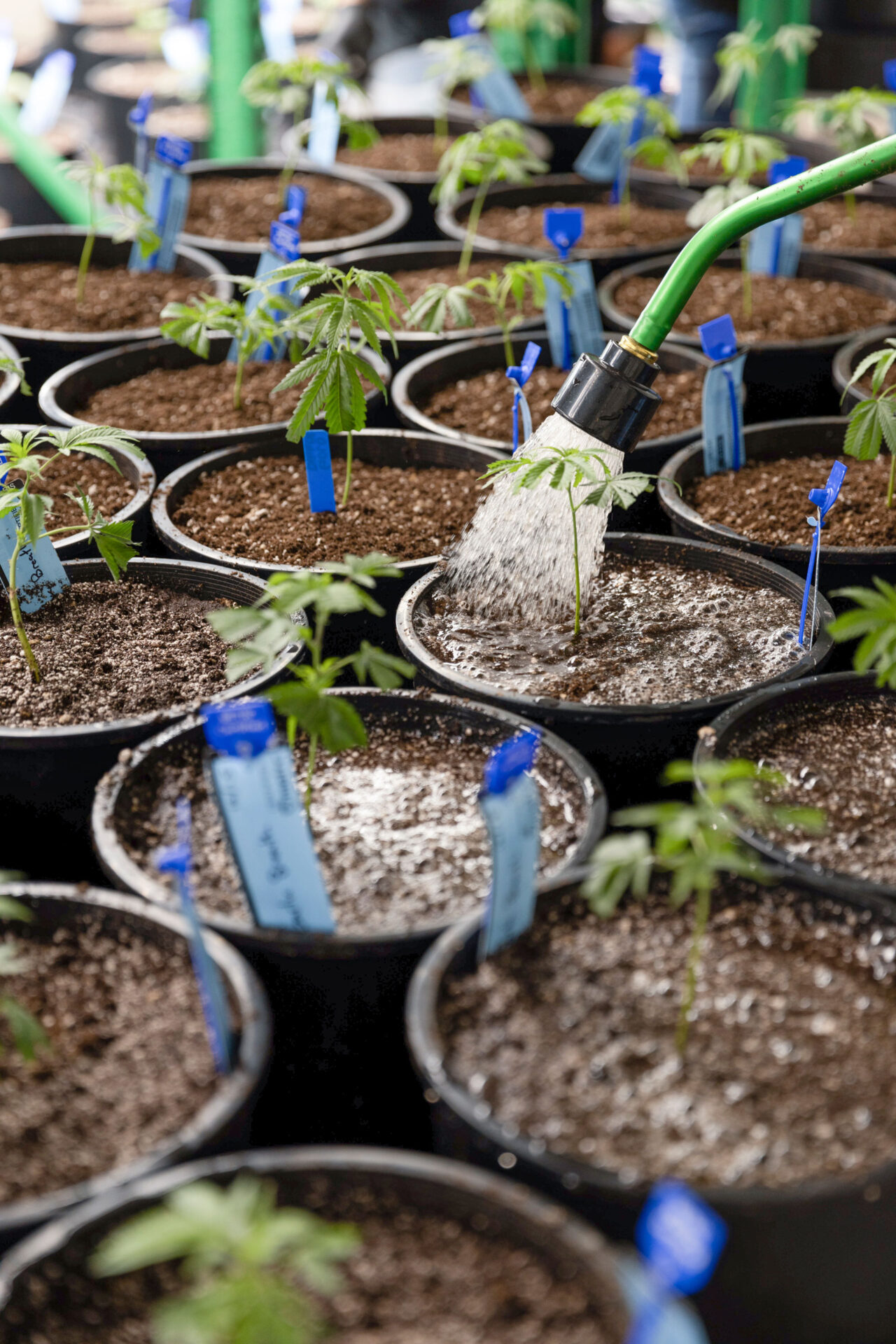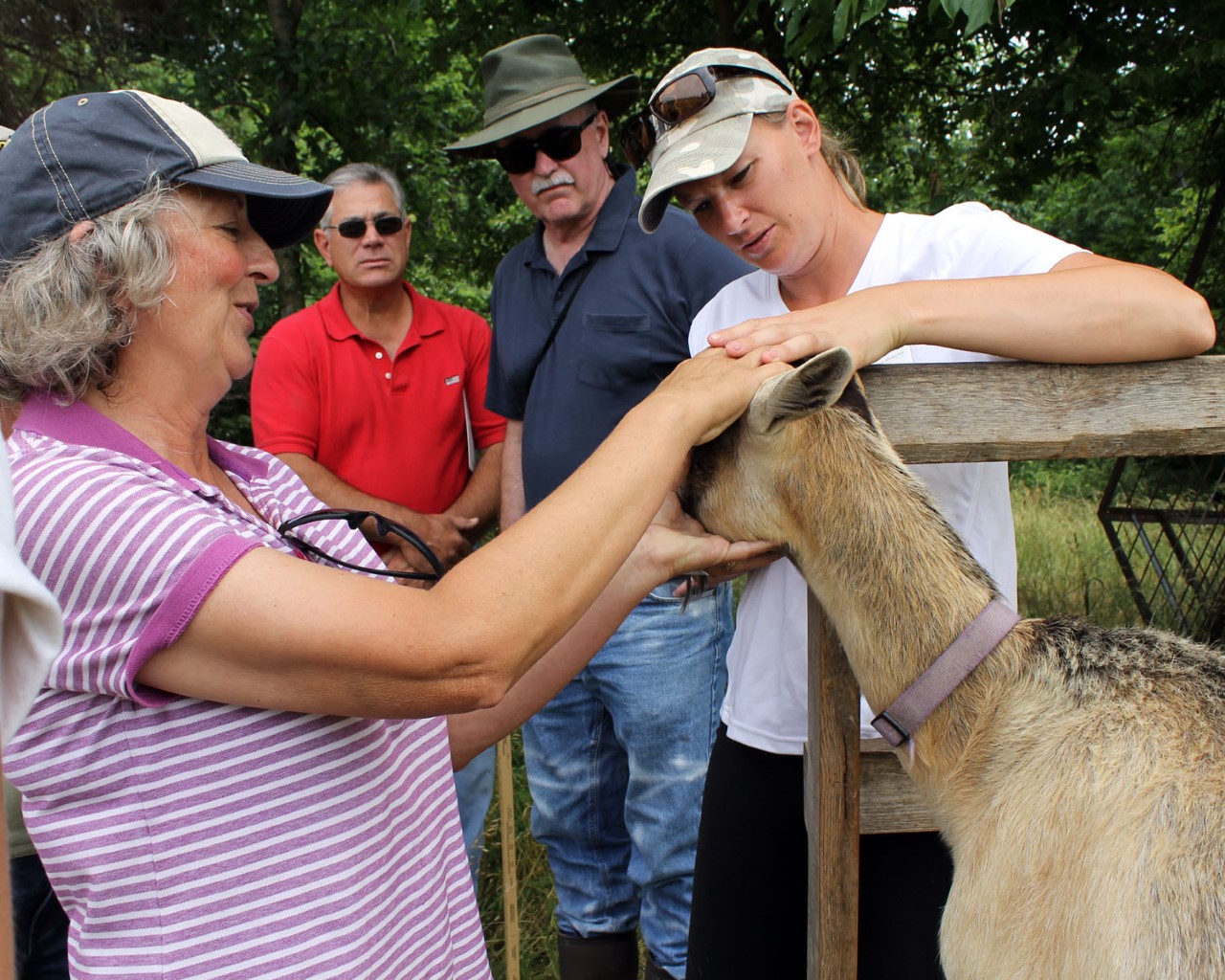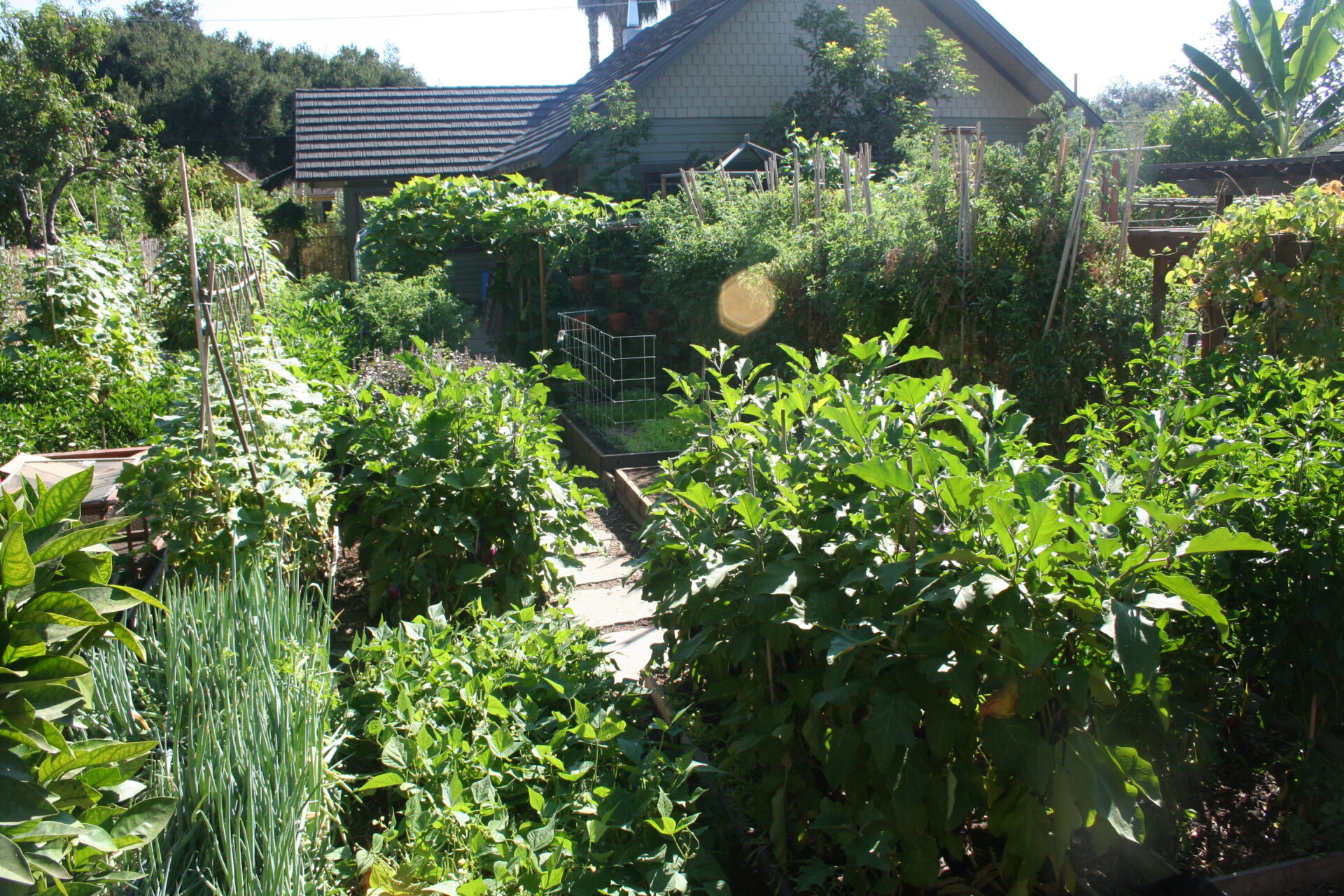
Many of us spent most of 2020 sheltering at home, doing our part to curb the pandemic we are weathering as a global community. While there is solidarity in the fact that people around the world are modifying their lives to flatten the curve—wearing masks, socially distancing, and working remotely when possible—many of us are eagerly awaiting the vaccine that allows us to emerge from our shelters and breathe a sigh of relief.
But, is a vaccine the ultimate solution to our public health crisis? While there is no denying we need to address the immediate threat of covid-19, this pandemic is itself a symptom of a challenge that will not be solved by modern medicine. That challenge is climate change, fueled by the loss of natural habitats and biodiversity. If we ignore this broader issue, we face a world where we will likely be challenged by one pandemic after another.
Humans are disrupting natural systems and this is a primary factor in the spread of infectious diseases. As our planet warms and more natural habitats are lost, many species are expanding out of their natural ranges and moving towards the poles¹. As a result, they come into contact with species they would not normally be interacting with, which creates opportunities for pathogens to infect novel hosts, including humans. We have seen these dynamics play out with Ebola, Zika, Hantavirus, and other diseases around the globe²,³. To reduce the risk of infectious disease spread, we need to address the major sources of greenhouse gas emissions and the human activities that threaten natural habitats and biodiversity.
Modern-day agriculture is a major contributor to climate change. The International Panel on Climate Change estimates that direct agricultural greenhouse gas emissions account for over 10% of total anthropogenic (human caused) greenhouse gas emissions⁴.
Agricultural systems that rely on synthetic inputs to compensate for low biodiversity contribute substantially to the emission of three key greenhouse gases: carbon dioxide, nitrous oxide and methane. Field operations and the production of synthetic fertilizers and other inputs are largely responsible for agricultural carbon dioxide emissions, and the use of synthetic fertilizers and livestock production are the main sources of agricultural nitrous oxide and methane emissions, respectively⁴,⁵,⁶.
In the U.S., most livestock are raised in large confinement facilities, rather than on pasture where they have the potential to help build healthy soils that store, or sequester, carbon. Moreover, confined animal operations negatively impact air and water quality, and create prime conditions for infectious disease spread that could spill over to humans⁷.
Agriculture is also the main driver of deforestation, the largest cause of habitat loss worldwide⁸. In particular, large-scale beef production causes massive deforestation, particularly in the tropics⁹. Forests, especially tropical forests, store large amounts of carbon in the soil and in their biomass. When a forest is destroyed, the potential for carbon storage is lost, and if the forest is removed through burning, carbon stored in the vegetation is released to the atmosphere, accelerating global warming. Land-use changes associated with the expansion of large-scale, industrial agricultural systems erode valuable biodiversity and result in simplified landscapes that are more susceptible to outbreaks of agricultural pests and diseases. To compensate, these simplified systems become increasingly reliant on synthetic inputs.

Being Part of the Solution
While agriculture is fueling climate change and habitat loss, it can be transformed to become part of the solution. By adopting a systems-based, ecological approach to producing food, agriculture can help reduce negative climate impacts, conserve biodiversity and support human health. Organic agriculture provides this ecological framework for food production and is grounded in measurable standards for biodiversity and soil health, which are the foundations of a healthy farming system, and ultimately a healthy society.
By focusing on soil health building practices, organic agriculture has the potential to play a large role in mitigating climate change by reducing greenhouse gas emissions and sequestering carbon. Organic producers are prohibited from using synthetic fertilizers, the largest source of agricultural nitrous oxide emissions. By building healthy soils that host a diversity of beneficial organisms and support vigorous crop growth, organic producers enhance their system’s resilience to a changing climate. Healthy soils not only increase crop resilience to stressful conditions, they also play a critical role in regulating the global climate by converting organic residues into stable organic matter and storing atmospheric carbon dioxide in the soil¹⁰.
To protect these vital services, the USDA National Organic Program (NOP) Standards mandate the use of best conservation management practices such as diversified crop rotations, intercropping and cover cropping to build soil organic carbon and protect soil health. Diversified crop rotations and intercrops add diversity to farming systems across space and time, which help break pest and disease cycles and increases the abundance and diversity of beneficial soil organisms¹¹. Planting cover crop mixtures with deep root systems can reduce soil erosion and break up compacted soil, store carbon deep into the soil profile and increase the water holding capacity of soils, making the system more resilient to extreme weather events such as heavy rains or floods¹².
While each of these diversification practices individually helps pull carbon out of the atmosphere and builds resilience, the true potential for climate change mitigation and adaptation comes from combining these practices through diversification strategies such as conservation agriculture, agroforestry and integrated crop-livestock systems. For example, reintegrating crops and livestock using advanced grazing management has the potential to sequester enough soil organic carbon to offset the associated enteric methane and manure greenhouse gas emissions¹³. There is also evidence that by improving forage quality, these systems can reduce methane emissions from livestock by almost a third. Managed rotational grazing systems also enhance nutrient cycling and reduce the need to import nutrients in the form of fertilizers or livestock feed.
By building biodiversity into the farming system, best organic management practices also have the potential to support more abundant and diverse communities of animals compared to simplified, input-intensive farming systems. Implementing diversification practices such as wildflower strips, hedgerows and diversified crop rotations can enhance the abundance of wild insect species that support pollination, pest control, nutrient cycling and other important ecosystem services¹⁴. Organic systems that incorporate high agrobiodiversity can also support wildlife-friendly approaches to farming where the goal is to integrate wildlife conservation with production. By planting and preserving habitat for wildlife, such as hedgerows or riparian forest buffers, organic farms can serve as wildlife corridors that connect parcels of natural habitat and provide refuge from synthetic chemical inputs that may be present in the broader landscape.
The Path Forward
To protect public health, we need to adopt and promote sustainable food production practices that safeguard our natural systems and conserve biodiversity. Organic agriculture has great potential to sequester carbon, mitigate greenhouse gas emissions, and build resilience to a changing climate and protect biodiversity. To realize this potential, the public sector must significantly and rapidly increase its investment in organic research, extension and education, and prioritize research topics that help producers address the climate crisis by reducing net greenhouse gas emissions and adapting their operations to shifting weather patterns.
Some current policy proposals, for example, seek to pay farmers for sequestering carbon in their soils; however, to expand these programs, we need additional research on how much carbon is retained in organically managed soils and for how long. We also need to develop more accurate tools to fully understand organic agriculture’s climate mitigation potential. For example, different tools to measure soil carbon sequestration can yield different results on the same field. Furthermore, soil carbon is extremely variable across different soil types, depths, climate conditions and time periods. Even in apparently uniform fields, soil carbon content can vary by as much as five-fold¹⁵. This is one aspect of climate mitigation within agriculture that needs more research so we can better evaluate the climate benefits of various agricultural practices.
Additionally, both USDA and Congress can do more to promote the transition to organic production systems and improve access for organic producers to federal conservation programs. Many of these programs pay farmers and ranchers for implementing advanced grazing management systems, resource-conserving crop rotations and cover crops as well as for protecting wildlife habitat. These programs and the practices they support represent tried and true solutions that not only have climate benefits, but also protect our natural resources, improve air and water quality, and support biodiversity.
Organic and conservation agriculture with their manifold environmental benefits can help farmers and ranchers build resilience into their operations, actively contribute to climate change mitigation and transform our food production system to one that benefits our health and the health of our planet. We cannot afford to stall action on climate change any longer. If we are to limit the likelihood of future pandemics and other catastrophic events driven by a changing climate, we must prioritize and support systems-based, ecological solutions that protect our food systems, the environment and public health.

Sources
- Pecl, G. T., et al. 2017. Biodiversity redistribution under climate change: Impacts on ecosystems and human well-being. Science. 355.
- Frumkin, H., J. Hess, G. Luber, J. Malilay, M. McGeehin. 2008. Climate change: the public health response. Am J Public Health. 98:435–445.
- Yang, Y. T., M. Sarfaty. 2016. Zika virus: A call to action for physicians in the era of climate change. Preventive Medicine Reports. 4: 444-446.
- Intergovernmental Panel on Climate Change (IPCC). 2014. Climate Change 2014: Mitigation of Climate Change, Working Group III Contribution to the Fifth Assessment Report of the Intergovernmental Panel on Climate Change.
- Burger, M., L. E. Jackson, E. J., Lundquist, D. T., Louie, R. L., Miller, D. E., Rolston, K. Scow. 2005. Microbial responses and nitrous oxide emissions during wetting and drying of organically and conventionally managed soil under tomatoes. Biol Fertil Soils. 42:109-18.
- Charles, A., P. Rochette, J. K. Whalen, D. A. Angers, M. H. Chantigny, N. Bertrand. 2017. Global nitrous oxide emission factors from agricultural soils after addition of organic amendments: A meta-analysis. Agric Ecosyst Environ. 236: 88-98.
- Hribar, C., and Schultz, M. 2010. Understanding concentrated animal feeding operations and their impact on communities. National Association of Local Boards of Health: Bowling Green, Ohio.
- Hosonuma, N., et al. 2012. An assessment of deforestation and forest degradation drivers in developing countries. Environ. Res. Lett. 7.
- Union of Concerned Scientists. 2016. Cattle, Cleared Forests, and Climate Change: Scoring America’s Top Brands on Their Deforestation-Free Beef Commitments and Practices. www.jstor.org/stable/resrep17253.
- Moebius-Clune, B.N., D. J. Moebius-Clune, B. K. Gugino, O. J. Idowu, R. R. Schindelbeck, A. J. Ristow, H. M. van Es, J. E. Thies, H. A. Shayler, M. B. McBride, D.W. Wolfe, G.S. Abawi. 2016. Comprehensive Assessment of Soil Health: The Cornell Framework. Edition 3.1. Cornell University, Geneva, NY. 123 pp.
- Lin, B. B. 2011. Resilience in agriculture through crop diversification: Adaptive management for environmental change. Bioscience. 61:183-193.
- Marshall, M.W., P. Williams, A. Mirzakhani Nafchi, J. M. Maja, J. Payero, J. Mueller, and A. Khalilian. 2016. Influence of Tillage and Deep Rooted Cool Season Cover Crops on Soil Properties, Pests, and Yield Responses in Cotton. Open Journal of Soil Science. 6: 149-158.
- Manale, A., S. Hyberg, N. Key, S. Mooney, T. L. Napier, M. Ribaudo. 2016. Climate change and U.S. agriculture: opportunities for conservation to reduce and mitigate emissions and to support adaptation to rapid change. J. Soil & Water Conserv. 71: 69-81.
- Kremen, C., and A. M. Merenlender. 2018. Landscapes that work for biodiversity and people. Science. 362.
- Keith Paustian et al. “Quantifying carbon for agricultural soil management: from the current status toward a global soil information system,” Carbon Management 10 (2019). 10.1080/17583004.2019.1633231 (accessed January 22, 2020).
The Organic Farming Research Foundation (OFRF) is a non-profit foundation that works to foster the improvement and widespread adoption of organic farming systems. OFRF cultivates organic research, education and federal policies that bring more farmers and acreage into organic production.





